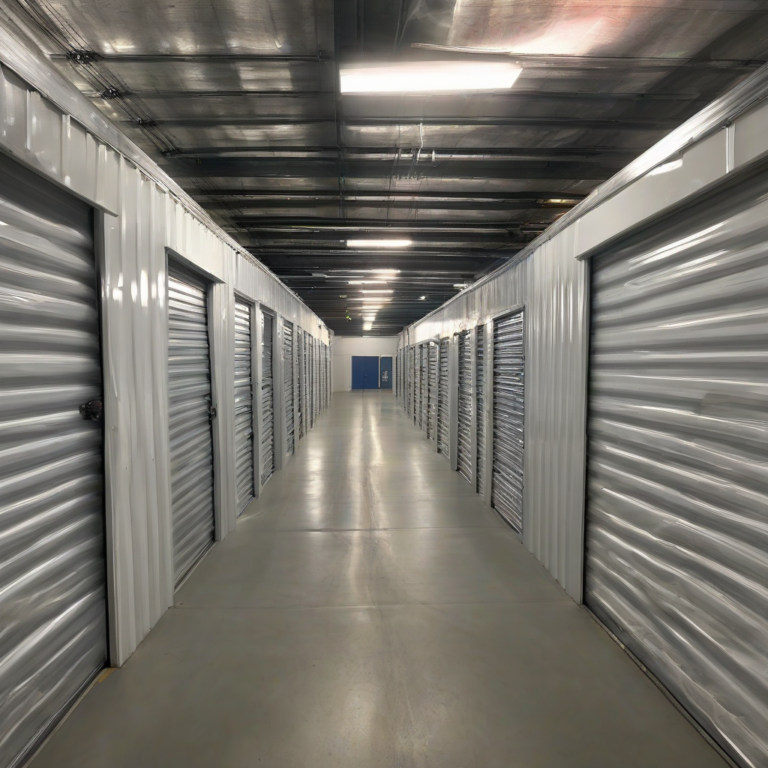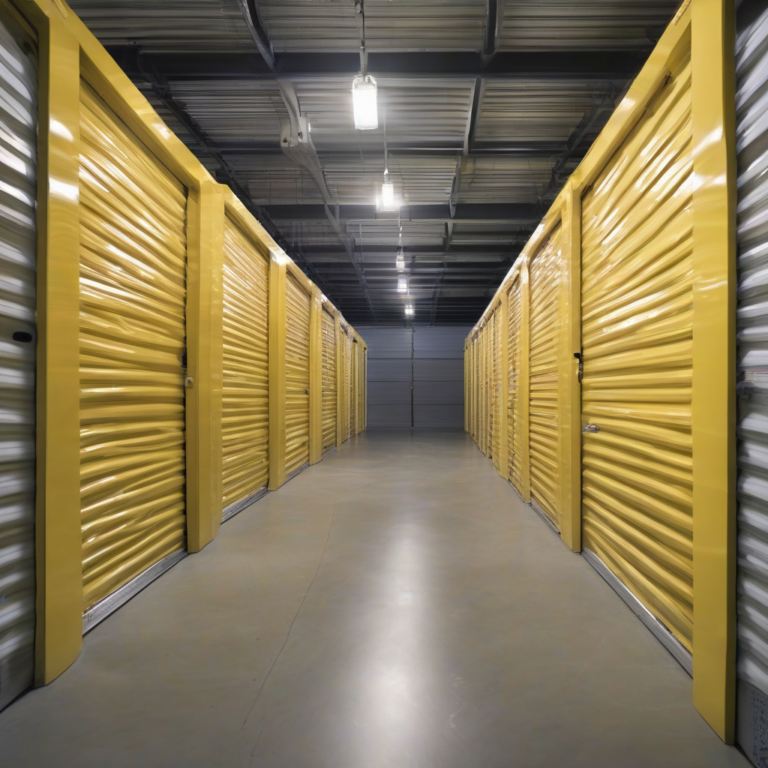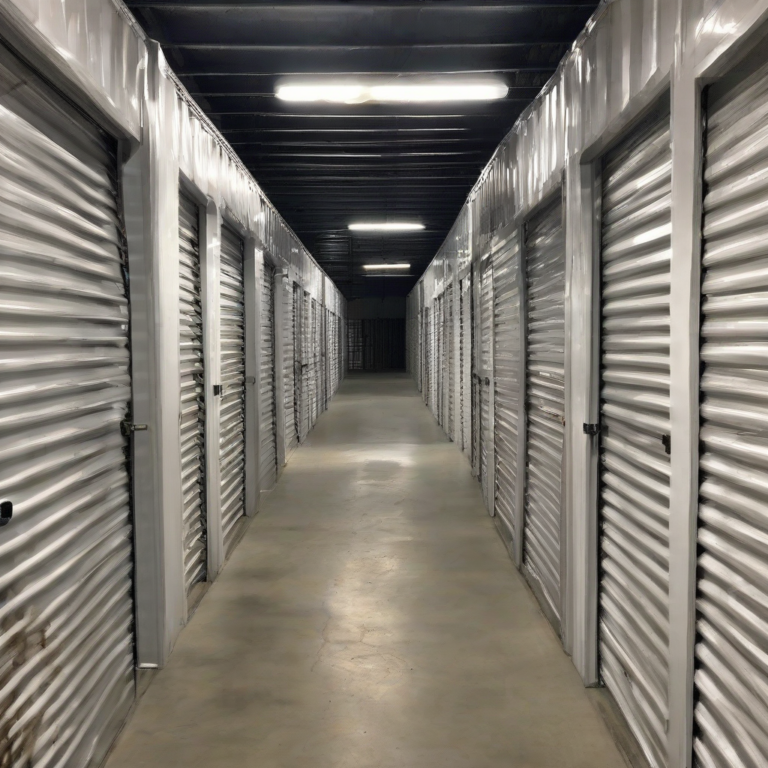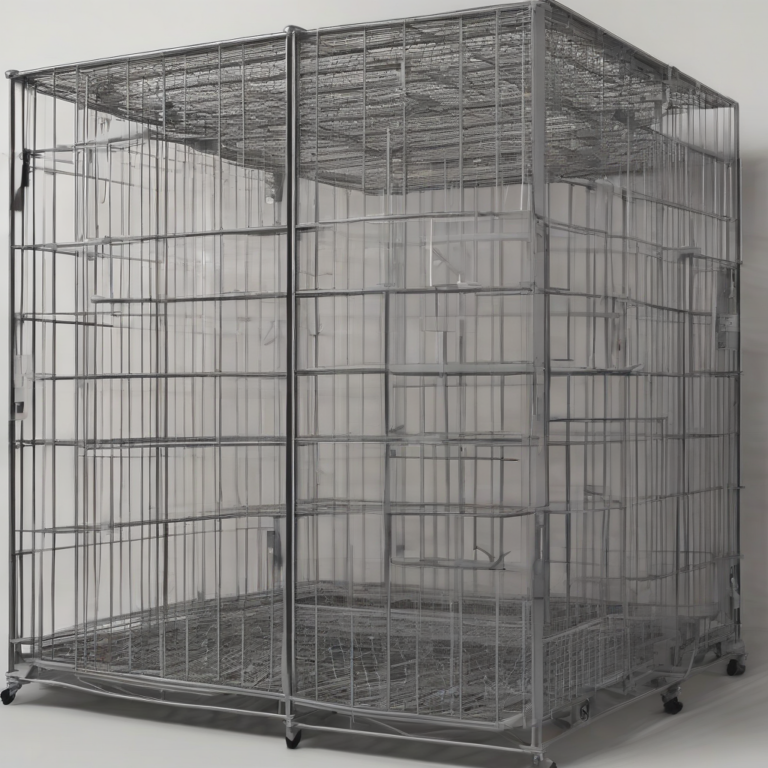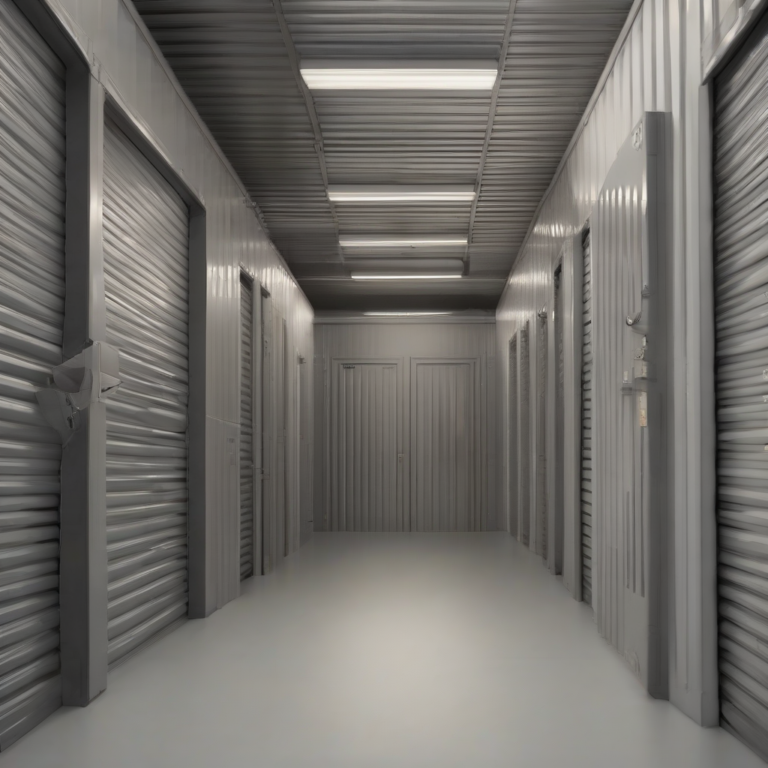Conquering the Miles: Your Ultimate Guide to Long Distance Moving and Storage
Conquering the Miles: Your Ultimate Guide to Long Distance Moving and Storage
Planning Your Long Distance Move: A Step-by-Step Approach
Relocating across state lines or even across the country is a significant undertaking. Thorough planning is crucial for a smooth and stress-free transition. This section outlines the key steps to effectively plan your long-distance move.
- Set a Realistic Budget: Long-distance moves are expensive. Factor in costs like packing supplies, transportation, potential storage fees, and unexpected expenses.
- Establish a Timeline: Create a detailed timeline encompassing every stage of the move, from initial planning to unpacking at your new location.
- Declutter and Purge: Before packing, declutter your belongings. This reduces the amount you need to move, saving on costs and effort.
- Research and Choose Movers: Obtain multiple quotes from reputable long-distance moving companies. Check their licenses and insurance coverage.
- Gather Packing Supplies: Acquire sufficient boxes, packing tape, bubble wrap, and other essential supplies. Consider purchasing reusable containers for long-term storage.
- Pack Strategically: Pack room by room, labeling boxes clearly with their contents and destination room. Keep essential items in a separate box for easy access.
- Arrange for Utilities: Schedule disconnections at your current residence and connections at your new home well in advance.
- Change Your Address: Notify relevant parties, including the post office, banks, and subscription services, of your address change.
- Confirm Moving Arrangements: Confirm the moving date and schedule with your chosen movers. Be present during the loading and unloading process.
- Unpack and Settle In: Upon arrival, carefully unpack and arrange your belongings. Take your time to settle into your new home.
Choosing the Right Long Distance Movers
Selecting a reputable moving company is crucial for a successful long-distance move. Consider these factors when making your decision:
- Licensing and Insurance: Verify the mover’s licensing and insurance coverage to protect your belongings in case of damage or loss.
- Reputation and Reviews: Check online reviews and ratings to gauge the company’s reputation and customer satisfaction.
- Binding vs. Non-Binding Estimates: Understand the difference between binding and non-binding estimates and choose the option that best suits your needs.
- Pricing Structure: Compare pricing structures from different movers, ensuring clarity on all charges, including extra fees for handling special items.
- Communication and Customer Service: Assess the company’s responsiveness and professionalism in answering your questions and addressing your concerns.
Understanding Different Moving Methods
Several methods exist for long-distance moves; choosing the best option depends on your budget and needs.
- Full-Service Moving Companies: These companies handle all aspects of the move, from packing and loading to transportation and unpacking.
- Partial-Service Moving Companies: These companies offer specific services, such as packing, loading, or transportation, allowing you to customize your move.
- DIY Moving: This involves renting a moving truck and handling all aspects of the move yourself. It’s the most cost-effective option but requires significant effort and planning.
- Portable Container Moving: This involves having a portable container delivered to your home, loading it yourself, and having the company transport it to your new location.
The Importance of Long Distance Storage
Sometimes, you might need temporary or long-term storage during a long-distance move. This is especially relevant if you’re moving to a smaller home or need time to renovate your new property.
- Short-Term Storage: Ideal for bridging the gap between moving out of your old home and moving into your new one.
- Long-Term Storage: Suitable for storing belongings you don’t need immediately but wish to retain.
- Climate-Controlled Storage: Provides protection against temperature and humidity fluctuations, safeguarding sensitive items.
- Choosing a Reputable Storage Facility: Select a facility with proper security measures, such as surveillance cameras and access control.
- Packing for Storage: Use appropriate packing materials to protect your belongings from damage during storage.
Protecting Your Belongings During Transit
Protecting your valuables during the long-distance move is paramount. Careful packing and insurance are crucial.
- Proper Packing Techniques: Use sturdy boxes, ample padding, and proper labeling to minimize the risk of damage.
- Inventory Checklist: Maintain a detailed inventory of your belongings with photos or videos for insurance purposes.
- Insurance Coverage: Ensure adequate insurance coverage from your movers or a separate insurance provider to protect against loss or damage.
- Valuables Handling: Transport valuable items separately, possibly through a secure service or personally.
Dealing with Potential Challenges
Long-distance moves inevitably present challenges. Being prepared for potential issues can mitigate stress and delays.
- Weather Delays: Severe weather conditions can cause delays; keep your mover informed and prepared for potential adjustments.
- Unexpected Costs: Be prepared for unexpected expenses that may arise. Always have a buffer in your budget.
- Communication Breakdown: Establish clear communication channels with your movers to prevent misunderstandings and address issues promptly.
- Damage Claims: Document any damage to your belongings immediately and follow the mover’s claims process.
- Disputes Resolution: Understand the dispute resolution process if issues arise with your movers.
Legal Considerations and Paperwork
Navigating the legal aspects of a long-distance move is crucial. Ensure you’re well-informed about necessary documents and regulations.
- Moving Contract: Carefully review and understand the terms and conditions of your moving contract before signing.
- Bill of Lading: Familiarize yourself with the bill of lading, which serves as a receipt and contract for your goods.
- Insurance Documents: Maintain copies of all insurance documents related to your move and belongings.
- State-Specific Regulations: Research any state-specific regulations concerning moving and storage in your origin and destination states.
Tips for a Smoother Move
Small details can make a significant difference in your moving experience.
- Pack an Essentials Box: Include toiletries, medications, phone chargers, and other necessities for immediate use after arrival.
- Keep Important Documents Secure: Carry vital documents, such as identification and financial records, with you during the move.
- Take Photos of Your Belongings: Document your belongings before packing for insurance purposes.
- Stay Organized: Maintain a well-organized system for tracking boxes, inventory, and moving documents.
- Stay Hydrated and Take Breaks: Moving is physically demanding; prioritize your health and well-being.
